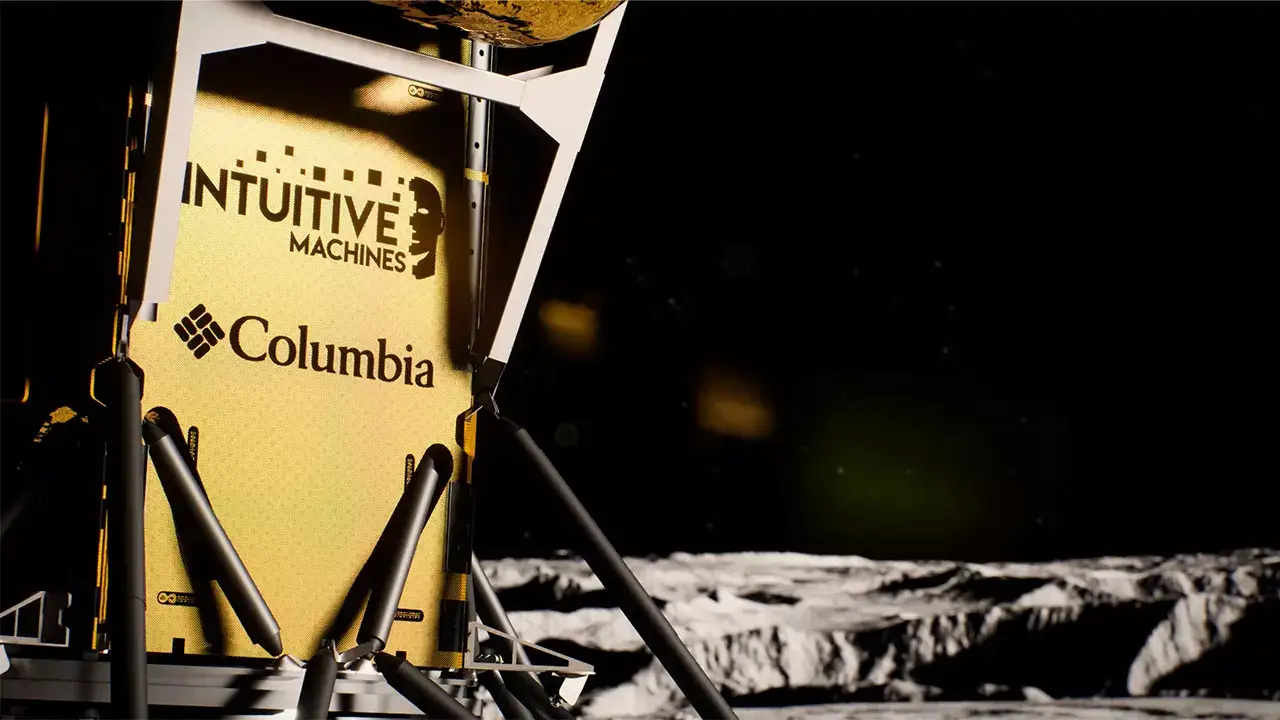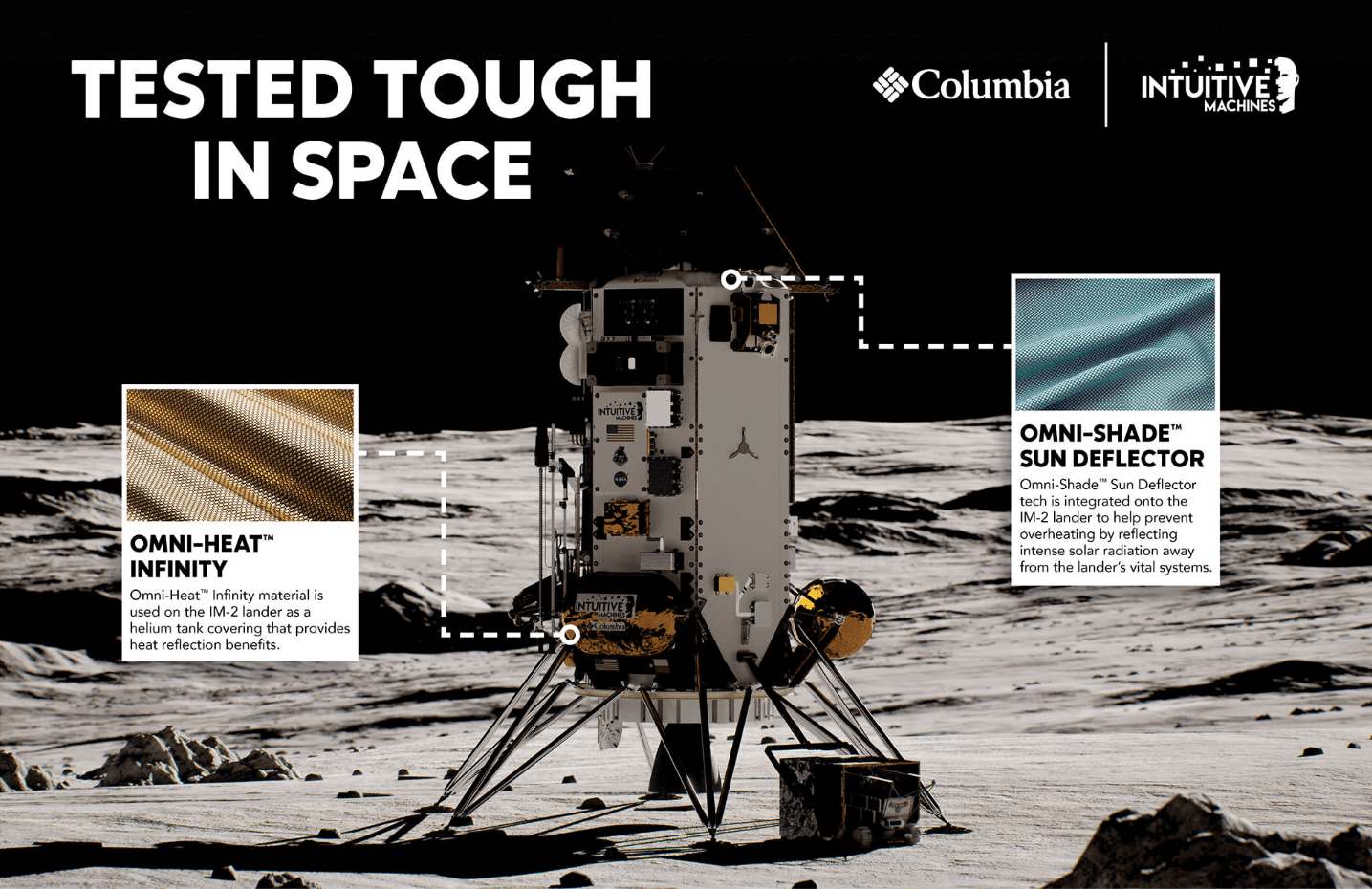Columbia Sportswear
— Project Details
For over six years, I’ve worked as a contract copywriter for Columbia Sportswear, writing hard-working copy that inspires consumers to gear up and get out there. Most recently, I crafted the story of Columbia’s most ambitious venture yet: sending their Omni-Heat® Infinity technology to the moon.
Columbia Goes Where No Brand Has Gone Before
If you think it gets cold in the backcountry, try trekking on the moon, where it gets down to a chilly -208° Fahrenheit at night. Back in the 1960s, that posed a problem for NASA scientists working on the historic Apollo 11 mission. They needed to protect the landing module from the intense cold it was to face on the lunar surface, so they developed a highly reflective insulating material. And with that, the space blanket was born.
One Giant Leap for Outerwear
Fast forward to 2010. Columbia Sportswear designers were grappling with a problem that the outdoor industry had been unable to solve: how to make layers warmer without also making them bulkier and sweatier. In an inspired moment of “what if,” Columbia adapted NASA’s space blanket technology to create Omni-Heat™, a lightweight metallic membrane that reflects body heat while simultaneously allowing the fabric to breathe.
In 2021, we tested the limits of cold even further to create Omni-Heat Infinity™. This next evolution of Omni-Heat uses thousands of gold dots to reflect more heat and provide more warmth in extreme conditions, whether you’re on a remote mountaintop or the cold depths of space.
The Ultimate Field Test
Here’s where the story comes full circle. Fifty years after the U.S. first touched down on the moon, space exploration company Intuitive Machines (IM) is planning a return mission. And when their Nova-C lander launches in late 2022, it will be insulated with Columbia’s Omni-Heat Infinity—the same groundbreaking material that was originally inspired by NASA’s space blanket technology.
Why did a pioneering space company decide to team up with Columbia? The answer is simple—neither of us are very good with the concept of “limits.” We also share a history of making tools that enable exploration, whether it’s on this planet or a galaxy far, far away.

